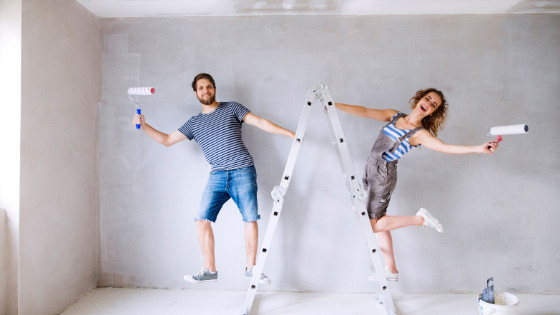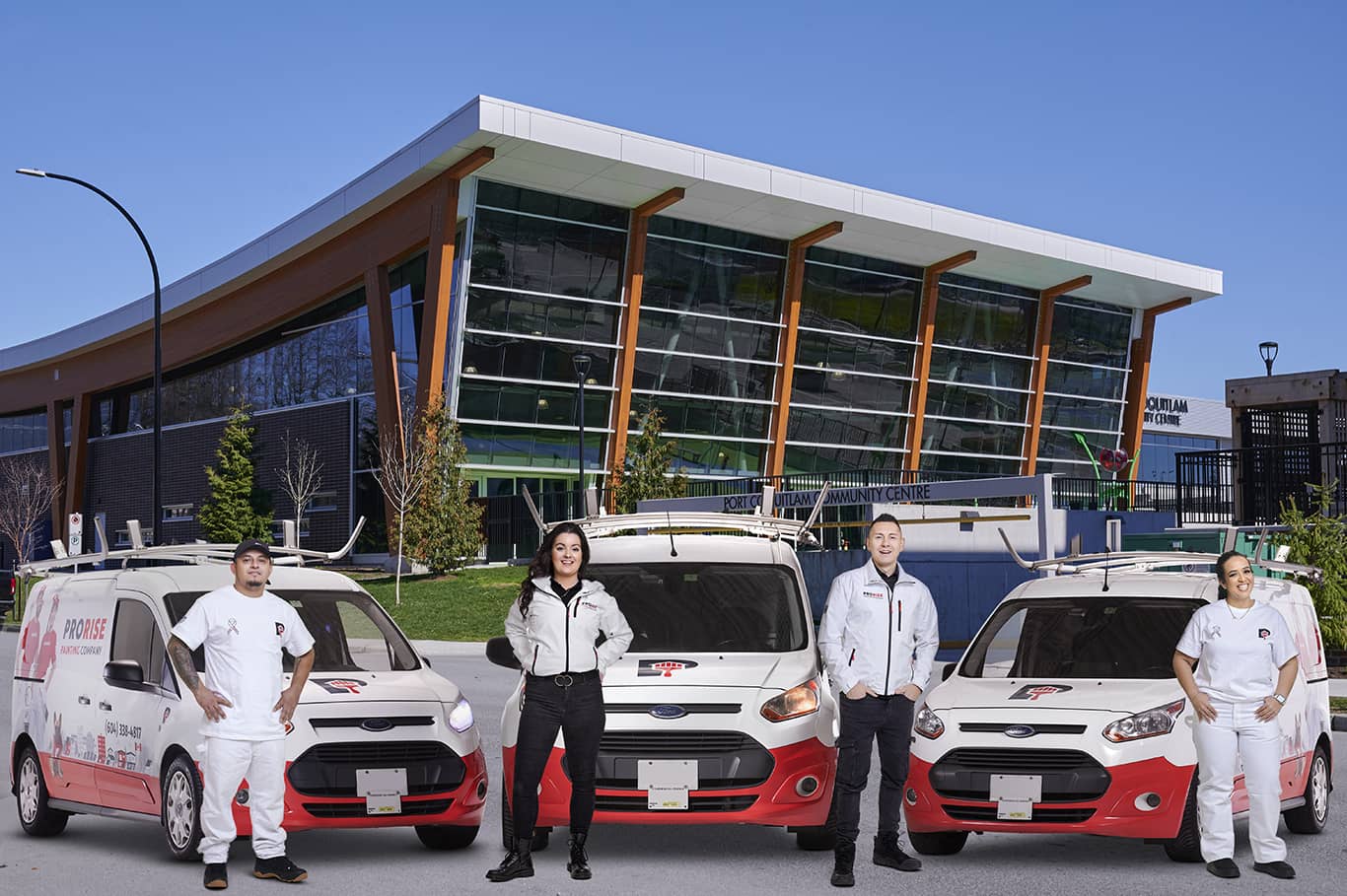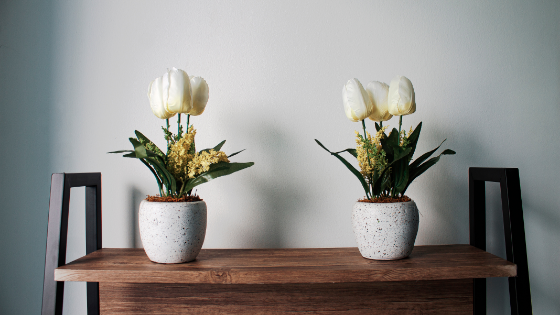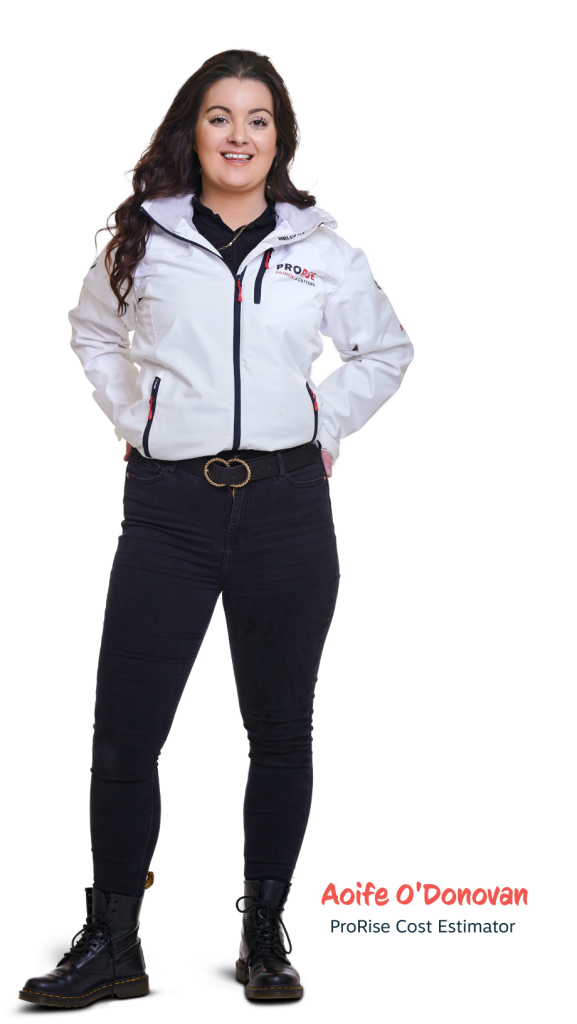When it comes time to give your home’s interior a makeover, there are number of different options to consider. Residential interior painting projects may seem like a simple task, but many people find themselves in over their heads once they get started. We’ve outlined our top ten tips for your next interior painting project.
Sheen is Important
The finish of your interior paint is known as sheen. It comes in a wide range of options including gloss, satin, eggshell, and flat. Sheen has a major impact on your walls and how they hold up over time. For high traffic areas, its best to select a satin paint as it holds up better to scuffs and fingerprints and can easily be cleaned. Higher sheen paints do show wall imperfections more easily though. A more matte-like finish such as a flat paint will no clean as easily but will hide imperfections much more easily.
Try a Sample
Looking at paint colour cards at your local paint store is a great way to figure out what colours you like, but it does involve some guesswork. It may look good on paper but may not always come out the way you expected once dried. Most stores will sell you a small sample jar of paint in the colour of your choice to help eliminate the guesswork. This allows you to know exactly what your paint colour will look like when it’s dry.
Double Check your Math
You need to know the total area you’re going to pain, but many people forget to leave a little wiggle room. Be sure to account for multiple coats to the walls and give yourself a little leftover paint to spare at the end. It’s always best to have too much and save it for any repair work you may need later on.
Don’t Slack on Prep Work
Prep work will be the bulk of the time spent during any painting project preparing the walls for their new coat of paint. Make sure you repair and patch any imperfections in the walls, protect the floors, remove switch plates, electrical covers and door knobs if needed. Tape off areas to keep your lines crisp and clean and move furniture to the middle of the room or out of the room to avoid any damages.
Primer is Crucial
One thing that many people skip is the primer. Primer is a crucial part of ensuring the end result of your interior paint project is exactly as your expect it. Primer not only covers up colours and stains, but it adds a layer to allow the top coats of pain to adhere better to the walls, giving you a much better result. Be sure to check your paints beforehand to see whether they are a paint and primer all-in-one mixture or if you’ll need to purchase primer separately.
Take the Time to Cut
Cutting in allows for smoother work when using a roller. Always cut in before painting large areas to avoid uneven lines. Cutting in may seem like a lot of work, but you’ll be much happier with the end result.
Combine your Paint
Most of the time, you’ll need to purchase multiple gallons of paint to complete your interior painting project. To ensure uniformity in your paint, combine your one gallon cans into a large resealable bucket and mix it thoroughly. This will ensure that your paint colour remains uniform and consistent throughout your project.
Use a High Quality Roller
While they generally cost more than paint brushes by the time you factor in trays, liners, handles and covers, you can get more done in less time and receive a more consistent finish without brush marks. Remember to pain in an overlapping “W” to get the best coverage and eliminate any roller lines.
Invest in an Extension Pole
An extension pole helps you save time when rolling by allowing you to reach further, especially on ceilings without having to get up and down on a ladder. It also ensures that you are safer during your project by eliminating the risk of falling off a ladder.





